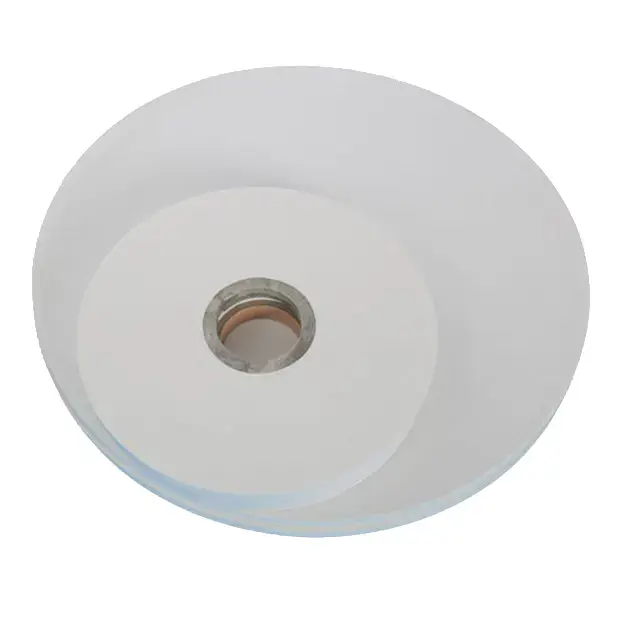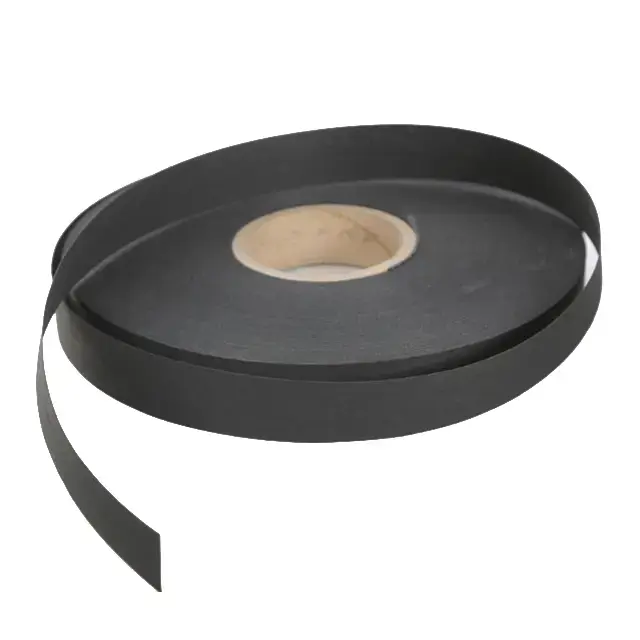In the field of electrical insulation, water poses a significant threat to the integrity and performance of cables. To prevent water intrusion, industry experts have developed various solutions, including waterproof tape. However, not all waterproof tapes are created equal. Today, we explore the key differences between non-conductive and semi-conductive waterproof tape.

Non-conductive water blocking tape, as the name suggests, is designed to inhibit the flow of electrical current. Its main function is to prevent water from spreading along the cable, effectively forming a waterproof barrier. The tape is made from a hydrophobic material like polypropylene to repel moisture. Non-conductive water-resistant tape excels at preventing water from adversely affecting cable performance, ensuring electrical insulation remains intact.

Semi-conductor water blocking tape, on the other hand, offers a unique and more versatile alternative. This type of tape contains conductive particles, such as carbon or graphite, evenly dispersed throughout its composition. By introducing conductivity, semiconductive water-resistant tape not only has excellent water-blocking capabilities, but also has a grounding mechanism. This dissipates any stray current that may be present, providing increased protection against potential electrical hazards.
The choice between non-conductive and semi-conductive water blocking tape depends largely on the specific application requirements. Non-conductive tape is typically used where electrical isolation and waterproof penetration are of primary concern, such as low-voltage cables or overhead lines. Semiconductor tapes are also suitable for applications that require both waterproofing and conductivity, such as medium to high voltage cables or areas exposed to moisture.
It is important to note that while semiconductor tape provides additional benefits in certain applications, it should not be used interchangeably or as a substitute for a properly grounded conductor. Complying with industry regulations and following manufacturer guidelines is critical to ensuring the safe and efficient operation of electrical systems.
Understanding the differences between non-conductive and semi-conductive water blocking tape is critical for electrical engineers, cable manufacturers, and those involved in the installation and maintenance of electrical systems. By selecting the right tape based on specific requirements, industry professionals can ensure optimal performance, reliability and longevity of their electrical infrastructure, even in the face of potentially damaging water intrusion.
To sum up, non-conductive water blocking tape can effectively block water penetration, while semi-conductive water blocking tape has the added advantage of conductivity and can dissipate stray currents. Making wise choices ensures optimal protection for your electrical system, allowing it to operate efficiently and reliably in any environment.
Our company has consistently regulated scientific research, production, sales and management in accordance with the quality management system, and has passed ISO9001, ISO14001 and OHSAS18001 three-system certification. We produce both non-conductive water blocking tape and semi-conductive water blocking tape, if you are interested in our company and our products, you can contact us at any time.
Post time: Oct-11-2023

